The big Canon EOS R5 reveal yesterday was a slightly strange one for photography fans – we got to see more of the world's most powerful mirrorless camera, yet it's one we already knew a lot about thanks to Canon's previous teasers. So what new things did we learn?
There were the obvious ones, like its price and release date ($3,899 / £4,199 / AU$6,899 with an on-sale date of July 30, in case you're wondering). And the fact that it'll soon be joined by a more affordable sibling called the Canon EOS R6.
But there were also a lot of interesting smaller details that we've picked up from scouring the spec sheets and chatting to Canon at its hands-on preview events. For example, some new Dual Pixel Raw modes that will be exclusive to the EOS R5, and the fact that it might actually out-resolve the 50MP Canon EOS 5DS R.
So we've rounded up all of these intriguing, below-the-surface details in one handy place – here are nine new things we've learnt about the Canon EOS R5 from its big reveal yesterday and our brief hands-on time with the full-frame camera. For even more detail, be sure to check out our hands-on Canon EOS R5 review.
- Also check out our hands-on Canon EOS R6 review
- These are the best cameras you can buy right now
- Canon EOS R5 vs R6: 10 key differences you need to know
1. Its new 45MP sensor could capture more detail than any other Canon camera
One of the key specs missing from earlier Canon EOS R5 teaser announcements was its resolution. Well, that's now been answered: it will have a brand-new 45MP sensor. This means it should be ideal for the likes of landscape photographers, who demand maximum detail and cropping potential.
That's not the end of the story, either. Canon told us that even though the EOS R5's sensor is 'only' 45MP, it could even out-resolve previous 50MP cameras like the Canon EOS 5DS.
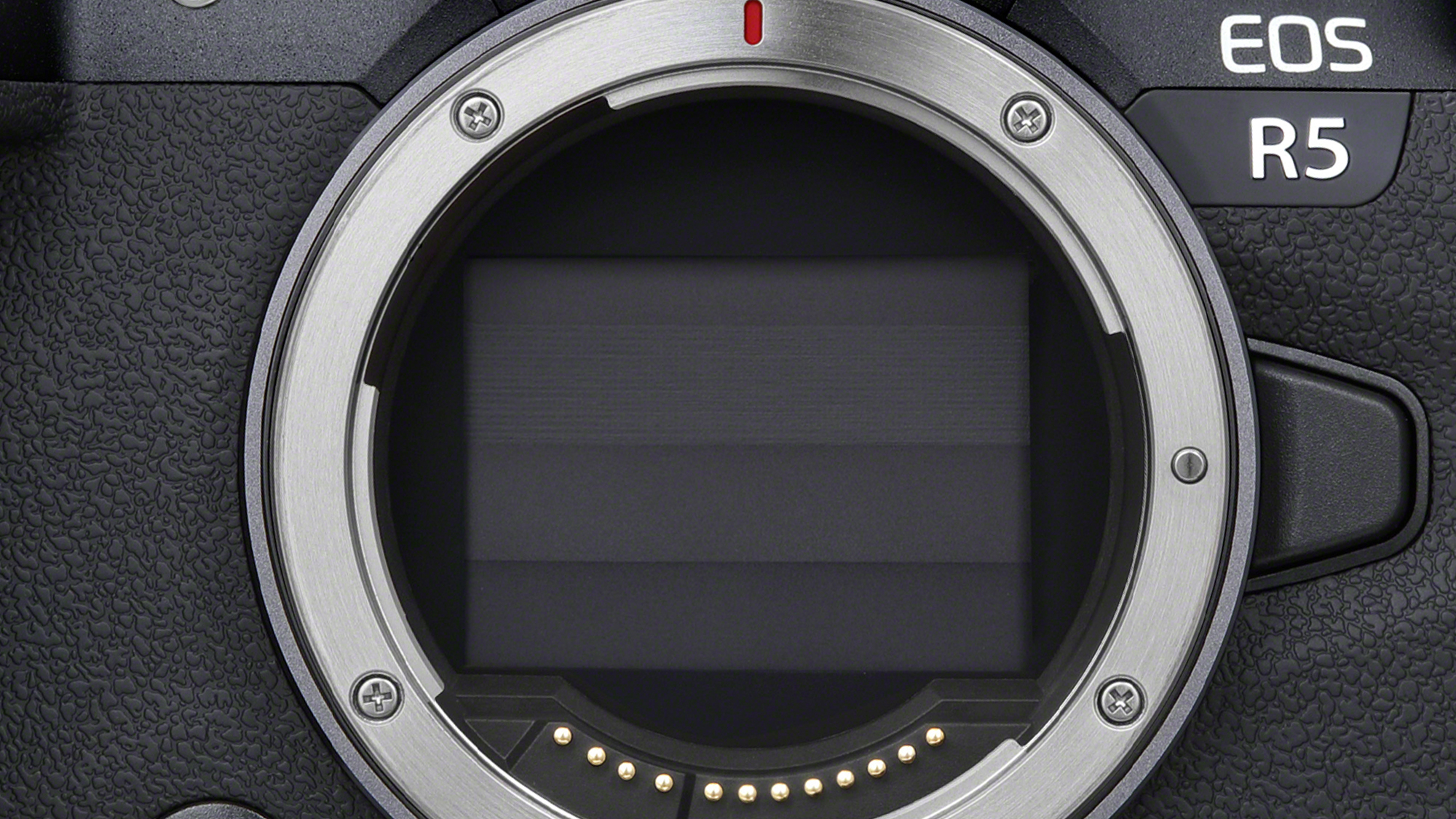
As Canon Product Marketing Specialist David Parry told us: "Even though it's 45MP, we're saying this [the Canon EOS R5] could potentially be the highest-resolving camera we’ve ever produced.
“We have the 5DS and 5DSR, which are 50MP, but because the low-pass filter on here has been completely redesigned, it means that the actual image detail on this could be the highest we’ve produced."
With these resolution claims, plus an ISO range of 100-51,200 (expandable to ISO 102,400), this is one sensor we're looking forward to taking for a spin.
2. It has new Dual Pixel CMOS AF II autofocus powers
While the Canon EOS R5 makes the obligatory claim of having the "world's fastest autofocus" (a boast that means very little in reality), the more interesting aspect of its AF powers is that it has what Canon is calling Dual Pixel CMOS AF II.
Canon's original Dual Pixel CMOS AF system, which first arrived on the Canon 70D in 2013, remains one of the best AF systems around, alongside Sony's Real-time tracking AF.
But it appears that Dual Pixel CMOS AF II is a new response to the latter, as it brings next-gen tracking powers that should prove very handy for wildlife and sports shooters.
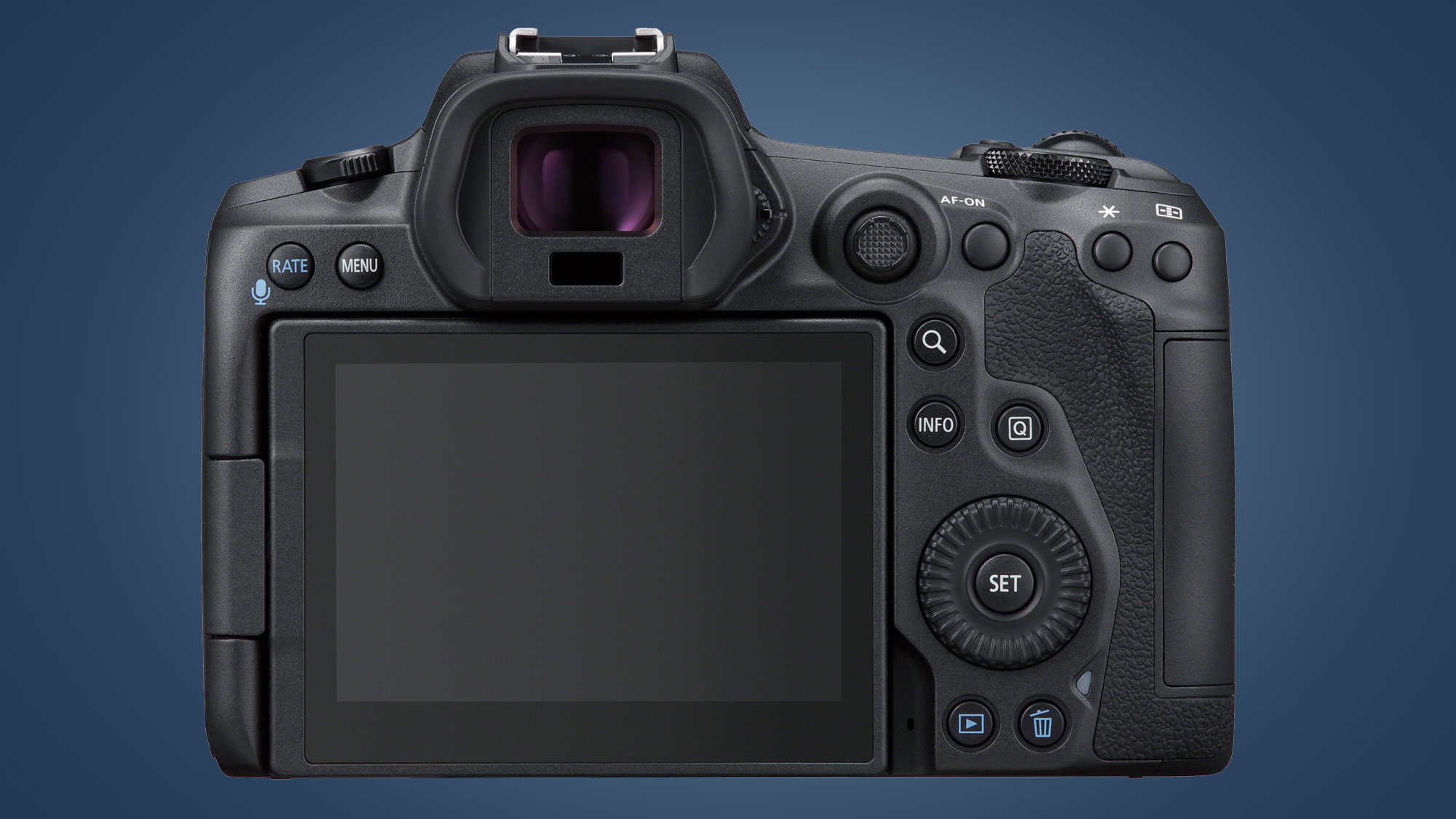
Drawing on the Deep Learning tech that we first saw on the Canon 1D X Mark III, it allows the EOS R5 to recognize people, even if their face is obscured. It's a similar story for animals too – you get face and eye-tracking for cats, dogs and birds, along with body tracking for when they turn away from you.
Canon originally developed Deep Learning AF for the now-postponed 2020 Olympics to allow sports photographers to track athletes, even if they were wearing face-obscuring kit like crash helmets.
It's not based on AI that can teach itself, as other cameras and phones sometimes claim, but is instead trained by a huge database of images. The resulting possibility of getting eye-tracking for flying birds, for example, is an exciting one.
3. It has the Digic X factor
The real breakthrough on the Canon EOS R5, and the technology that enables it to handle features like Dual Pixel CMOS AF II, is its Digic X processor.
This first appeared in the Canon 1D X Mark III earlier this year, and while Digic X is a family of processors that differ depending on the camera they're powering, Canon told us that the EOS R5's chip is almost exactly the same as the one in the 1D X Mark III.
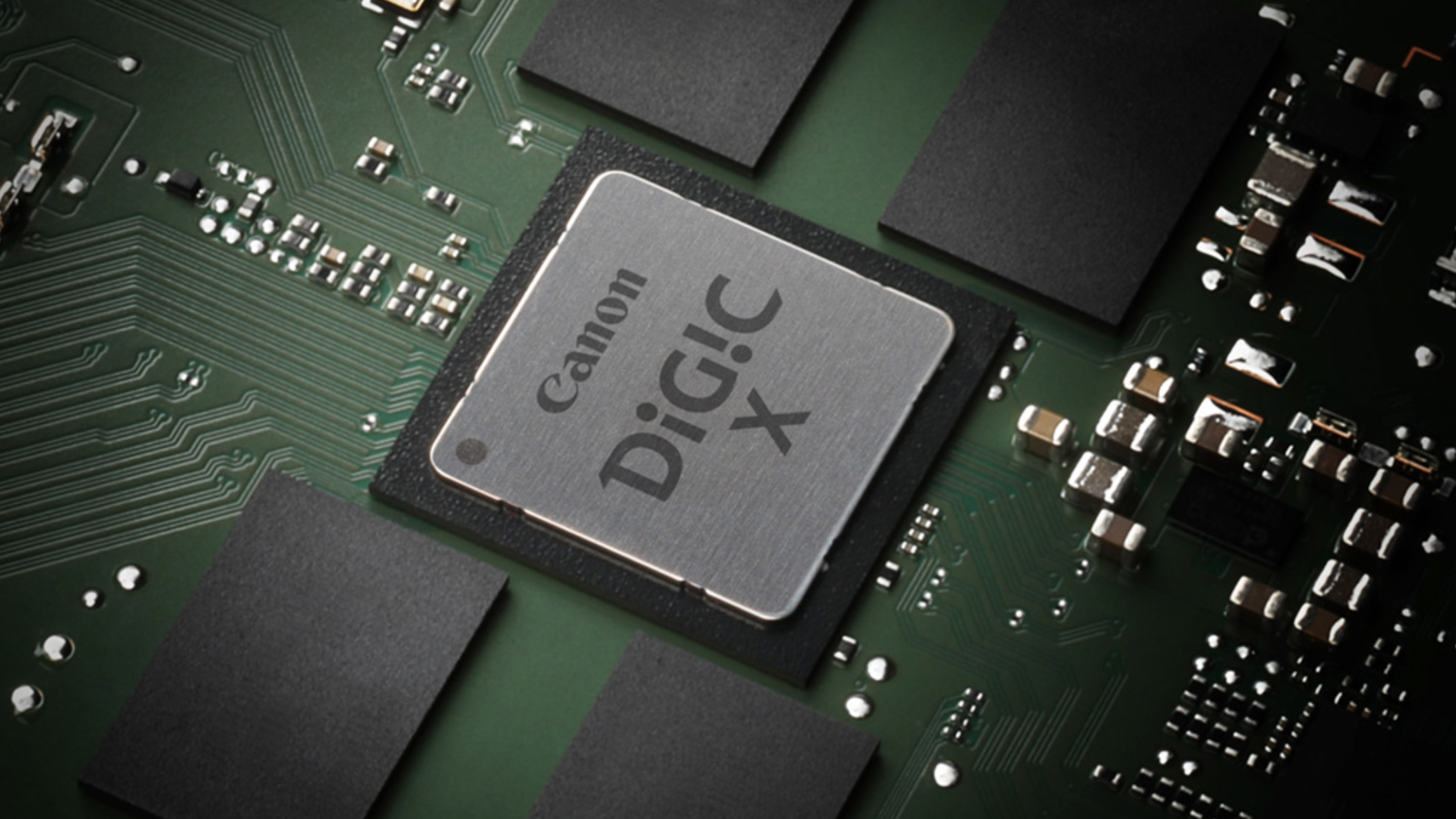
This is what has allowed Canon to leave behind the frustrating limitations of Digic 8 cameras, like cropped 4K or autofocus limitations, and deliver some pretty extraordinary data handling on the EOS R5.
Shunting around 8K/30p Raw video while retaining Dual Pixel autofocus simply isn't possible on any other camera.
4. The IBIS system gives you up to eight stops of stabilization
We knew from previous announcements that the EOS R5 would be the first Canon camera with in-body image stabilization – and now we know more about how it works.
The headline is that it can offer up to eight stops of image stabilization, depending on the lens you're using. That's hugely impressive in theory, beating even the Olympus E-M1 Mark III's maximum of 7.5 stops – and that camera has a far smaller Four Thirds sensor.
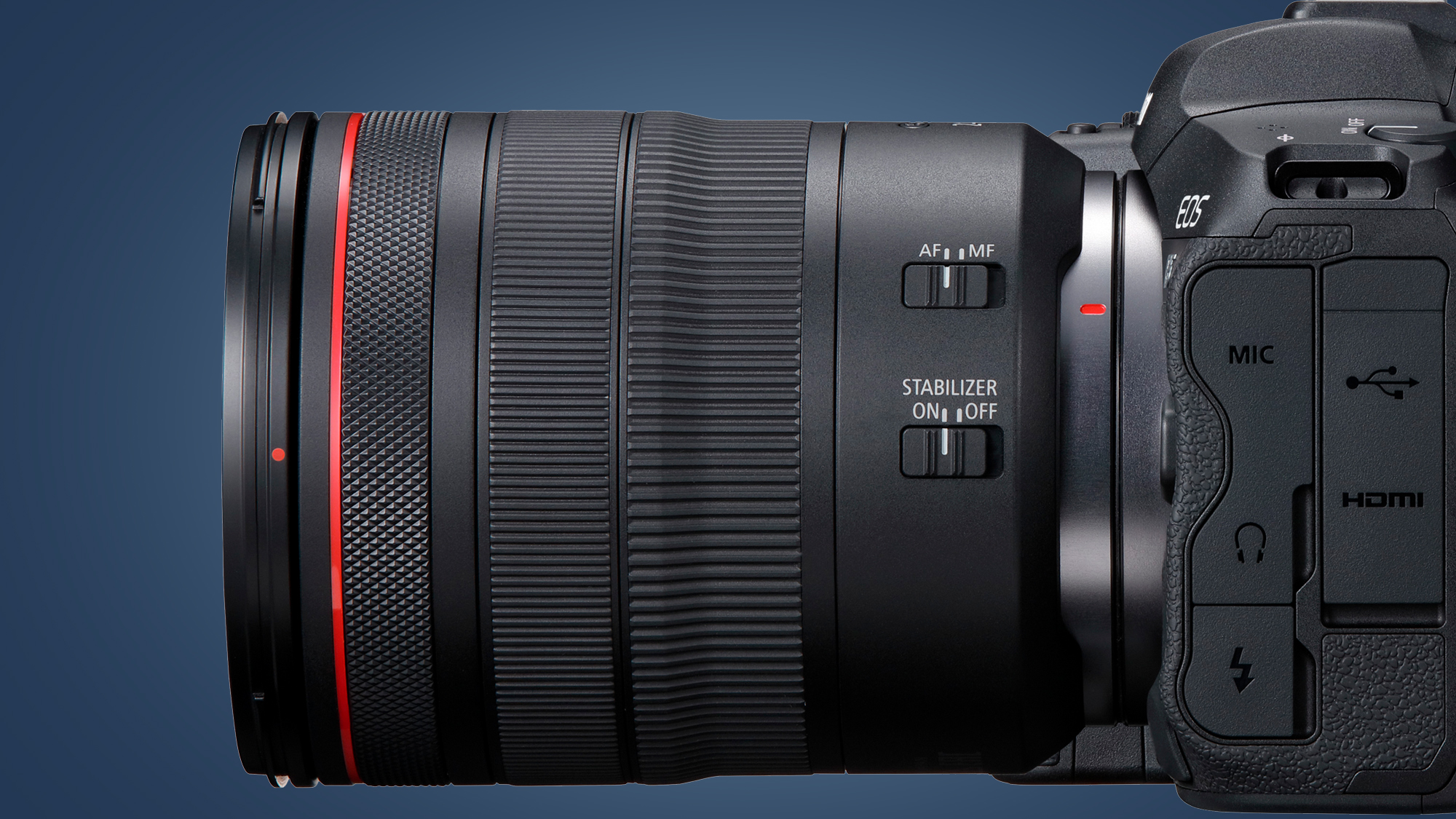
What's interesting about the EOS R5's system is how versatile it is – it works with RF, EF and EF-S lenses, and also on lenses that don't have any existing stabilization. The latter don't just get the body's basic stabilization either, with the RF 28-70mm f/2 getting the full eight stops, despite not having any built-in stabilization.
This is because the level of stabilization is more down to the size of the image circle that's projected into the camera, than the two-way communication between camera and lens. The RF 28-70mm f/2 is designed to be clean right to the edges, so has a large enough area to give you the full eight stops of stabilization.
It also means that you can whack on some old lenses that have no way of communicating with the EOS R5, and they'll still get some stabilization. Unfortunately, there don't seem to be any handheld high-res shot modes, as on Olympus cameras, but so far the stabilization system sounds very impressive.
5. You'll be able to shoot 8K Raw video for 20 minutes
Before the official launch announcement, one of the biggest concerns about the EOS R5 was how long you'd be able to shoot 8K video for. After all, even recording 4K video can generate a lot of heat, which sees other cameras quit after 15 or 30 minutes.
Impressively, the Canon EOS R5 is apparently able to shoot 8K/30p, 12-bit Raw video – which is its highest setting – for a maximum of 20 minutes, before the camera gets too hot and shuts down.
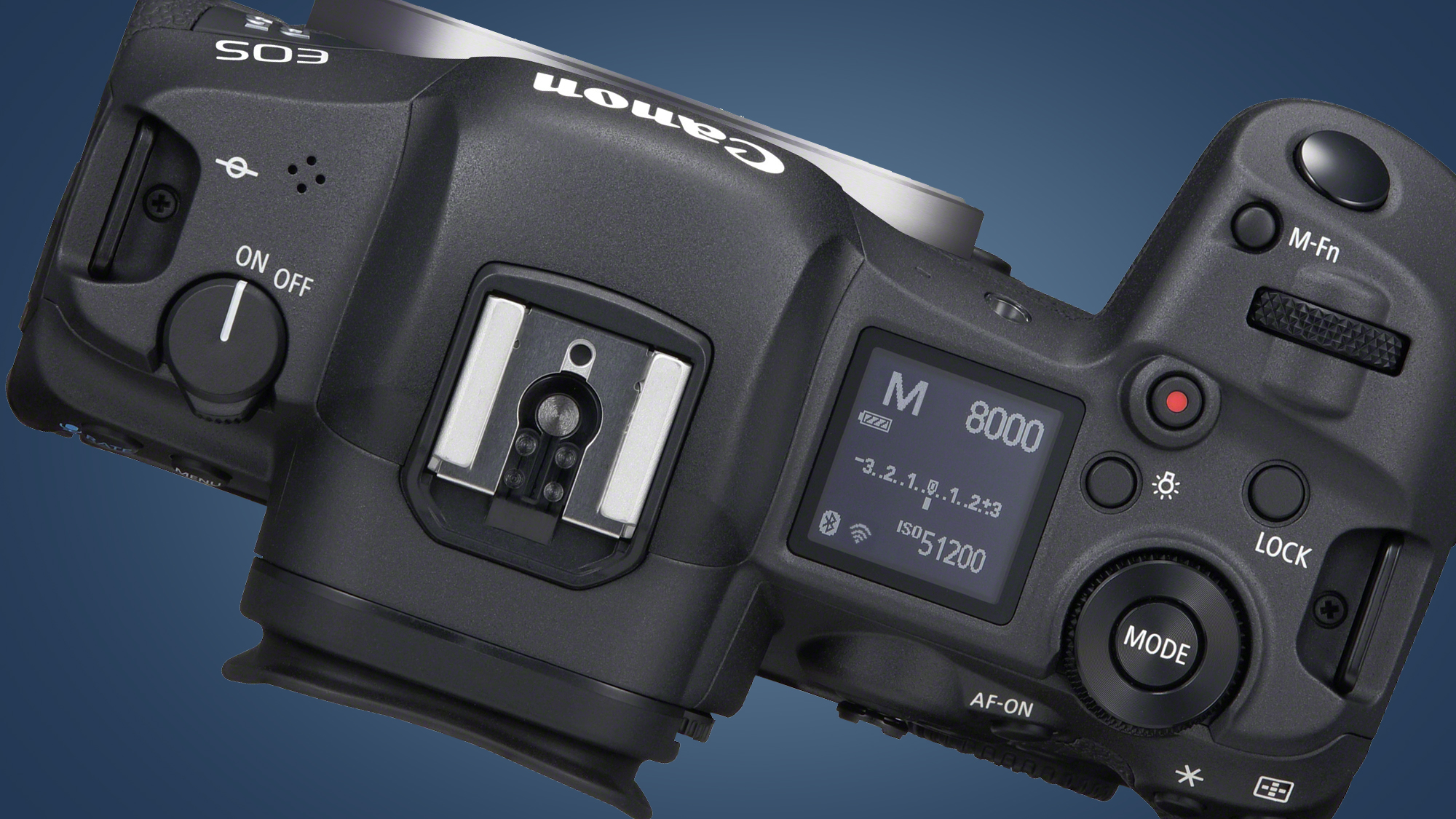
That's longer than we were expecting, given that the EOS R5 doesn't have any internal fans. According to Canon, it's also down to maximizing energy efficiency, and choosing materials that don't generate a lot of heat.
This also means there's no limit on how long you can shoot 4K video for on the EOS R5, aside from battery life or your memory card capacity.
6. It has the highest-resolution EVF on any Canon camera
One design detail we didn't know about was the resolution of the Canon EOS R5's electronic viewfinder – well, we now know it has a 5.76-million dot EVF, which is the highest-res so far on any Canon camera.
This trumps the 3.69 million-dot EVF seen on the Canon EOS R6, and matches the viewfinder found on the Panasonic S1, which is the best one we've had the pleasure of composing images with so far.
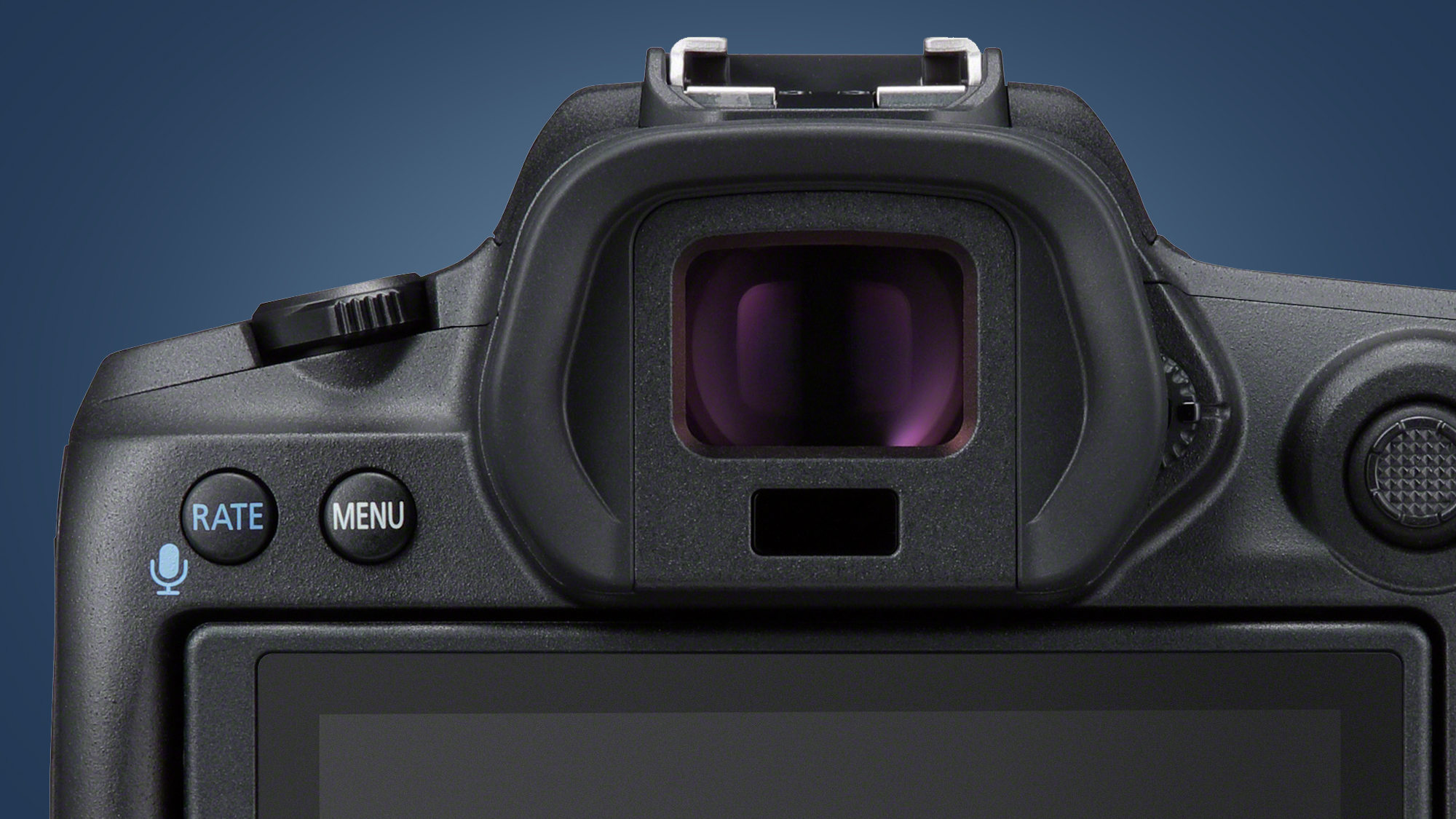
The EOS R5's EVF also has a 120fps refresh rate, which means it's twice as fast as the one on the Canon EOS R, although we can't say we found lag to be an issue on the latter camera.
That higher refresh rate can also have an impact on battery life, as you'll discover in point 8 below.
7. It won't replace the EOS 5D Mark IV or EOS R
Canon was at pains to point out that the EOS R5 isn't a replacement for existing cameras like the Canon EOS 5D Mark IV or Canon EOS R, but rather a mirrorless alternative that will sit alongside them.
While it's comfortably more powerful than both of those cameras, this is potentially good news for those who can't an afford or justify an EOS R5 (that's most of us).

Whether you want to buy an EOS 5D Mark IV or EOS R new or secondhand, the release of the EOS R5 will likely push down the prices of both models. Your route into the RF system may soon become a bit more affordable, thanks to the arrival of the Canon EOS R5 and EOS R6.
8. It has a new battery (but is compatible with old ones)
Canon has made a new battery for the EOS R5 that's the same size as the current LP6-N, but has a higher capacity.
This was needed to help power features hi-res EVF, though, so don't expect any major battery life improvements. In fact, the R5 only manages a slightly disappointing 320 shots per charge if you're using the EVF (at 60fps refresh rate), or 490 shots if you're using the LCD instead. This is where DSLRs still hold a big advantage.
Still, the new LP-E6NH is backwards compatible with other cameras and batteries from cameras like the 5D series or 90D will work with the R5.
9. It's seriously expensive
As Canon's new flagship mirrorless camera, the EOS R5 was always going to be pricey, and sure enough it will come with a body-only price of $3,899 / £4,199 / AU$6,899 when it goes on sale on 30 July.
Historically, that's not too bad, considering the Canon EOS 5D Mark IV started at $3,499 / £3,599 / AU$5,060 back in 2016 – it means the EOS R5 isn't that much more expensive than its spiritual DSLR predecessor when you take inflation into account.

Of course, there wasn't a global pandemic or economic crisis in 2016, which means we'll be carefully eyeing the prices of the Canon EOS R and Canon EOS RP to see if their new siblings do indeed puts some welcome downward pressure on their prices.
For now, though, you can read our in-depth thoughts on the EOS R family's new flagship in our hands-on: Canon EOS R5 review.
- These are the best mirrorless cameras in the world right now
from TechRadar - All the latest technology news https://ift.tt/2ZYP7Dt